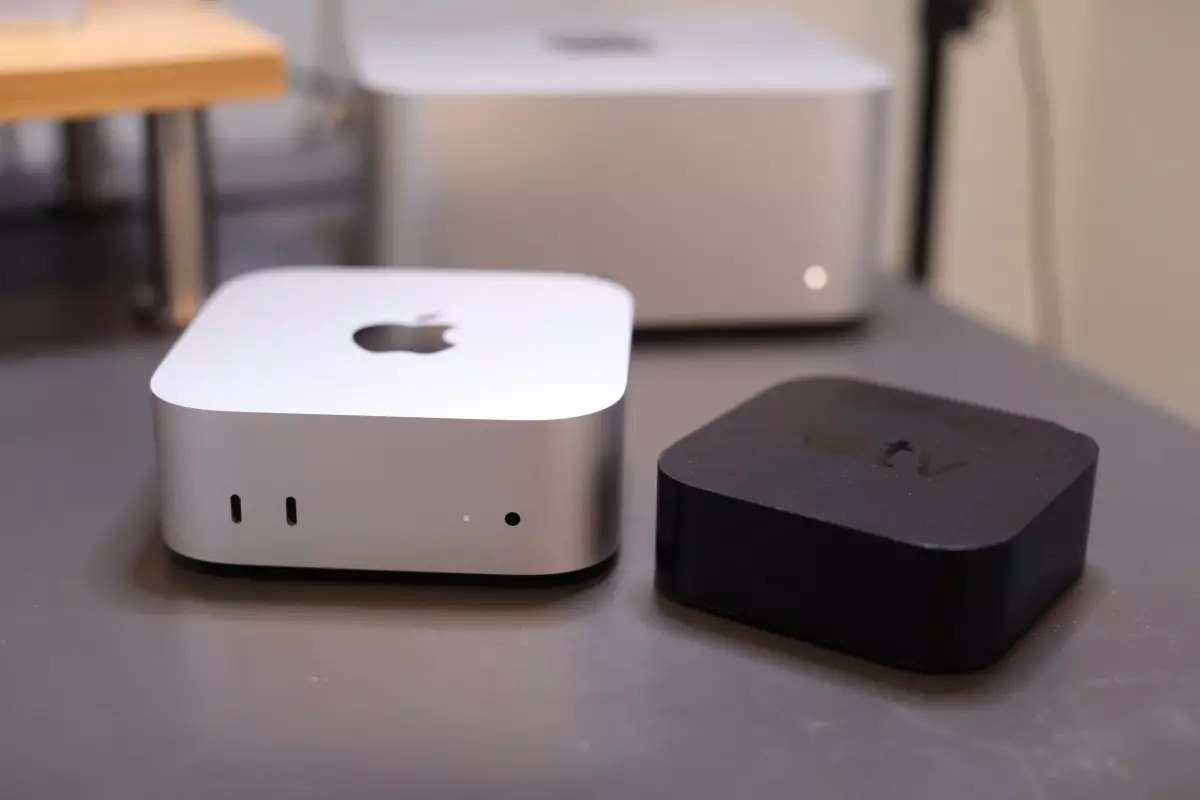The latest iteration of Apple’s Mac Mini has stirred up discussion among tech enthusiasts and everyday users alike. For years, the Mini occupied a somewhat ambiguous position in Apple’s product lineup, often overshadowed by the more celebrated iMac and the high-end Mac Pro. However, with the introduction of Apple’s M series chips and a significant redesign after a decade, the Mini is attempting to redefine its worth in the market. This article delves into the implications of this redesign, the placement of the Mini in Apple’s desktop landscape, and whether it successfully addresses the needs of its target market.
After a long wait, Apple unveiled a major redesign for the Mac Mini that had not seen any significant changes since its introduction in 2010. This refresh was necessary, especially given the rapid evolution of technology and user expectations. The Mac Mini’s new design resembles a scaled-down version of the Mac Studio, featuring a refined aluminum finish and rounded corners that evoke a modern aesthetic. Yet, the dimensions have been slightly exaggerated—the new Mini is larger than the Apple TV 4K, which has led to mixed feelings among consumers eager for a more compact desktop. The overall size, measured at 5 x 5 x 2 inches, does successfully make it more appealing compared to its predecessor; however, the question remains: is this the updated design that consumers were hoping for?
Ports, Performance, and Price
Apple’s attention to the port configuration on the Mac Mini is a double-edged sword. While it boasts three Thunderbolt ports and two USB-C ports at the front, the number of ports is limited in comparison to the Mac Studio’s extensive offerings. The absence of certain ports raises eyebrows, particularly for creative professionals who rely heavily on connectivity for their work. Additionally, the inclusion of an HDMI port and Ethernet jack helps round out the feature set, but it underscores the need for Apple to rethink port availability, considering the high expectations placed upon their professional-grade devices.
One of the most compelling arguments for the Mac Mini lies in its performance capabilities, offered through two chip options: the M4 and M4 Pro. Starting at $599, the entry-level model appeals to budget-conscious consumers, while configurations topping out near $4,699 cater to power users. The pricing structure is thoughtful, but it also leads to a potential identity crisis. As consumers assess their needs, they might easily transition from being someone needing an entry-level machine to seeking a higher-end solution, particularly when faced with the more robust M4 Pro model starting at $1,399.
An Odd Mix of Features
Despite being a refresh, certain design decisions have prompted some eyebrow raises, particularly the choice to relocate the power button to the bottom of the device. This change might stem from spatial constraints but is nevertheless baffling given that it requires lifting the unit each time the user wishes to power it on or off. Such design peculiarities do not serve the user experience well, reminiscent of previous controversies, like the charging port placement on the Magic Mouse.
Moreover, while the Mini shows promise in meeting everyday computing needs—allowing users to pair it with their existing monitors and peripherals—it struggles to carve out a distinct segment amidst the more comprehensive solutions Apple offers, such as the iMac and Mac Studio. This “in-between” positioning could lead to confusion for consumers evaluating the best fit for their setups.
In considering the market positioning, the Mac Mini seems designed for users who already possess monitors and are searching for an upgrade. The potential appeal extends to businesses aiming for efficient desktop solutions without draining the budget completely. However, how many consumers fall within this niche remains uncertain.
For a majority of these users, the allure of a laptop, like the MacBook, or an iMac’s integrated solution might offer a more attractive value proposition. Buyers looking for a versatile, user-friendly desktop might find themselves questioning whether the Mac Mini meets all their needs. Apple may have designed a competent machine, but the defining question hinges on whether this machine fits the right needs in its ecosystem.
The new Mac Mini embodies a well-meaning effort by Apple to remain relevant in the desktop market while simultaneously updating a long-time favorite. Although it offers some significant improvements and performance options, the product is still lacking in a few critical areas, particularly when it comes to clear market segmentation. As potential customers weigh their options, it’s essential for Apple to clarify the identity of the Mac Mini to avoid the confusion currently plaguing its standing in the product lineup. Ultimately, this new offering has many positives, yet it must overcome its limitations to secure a solid place in modern computing conversations.

